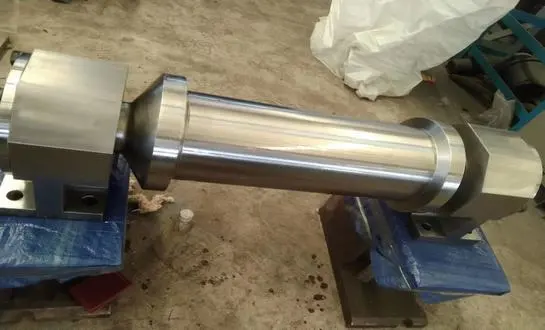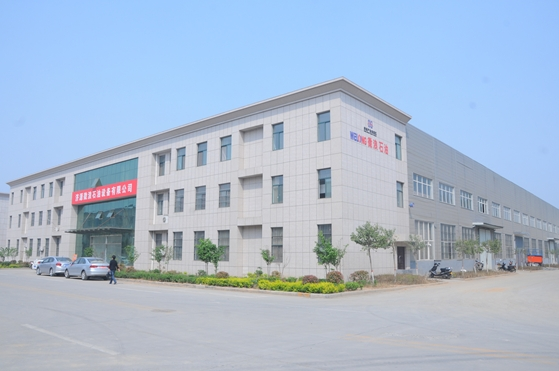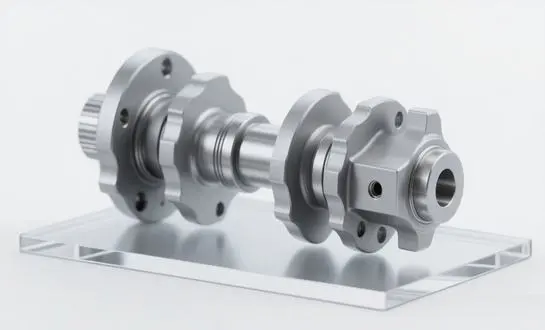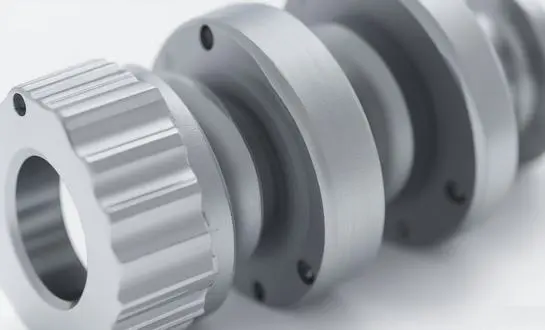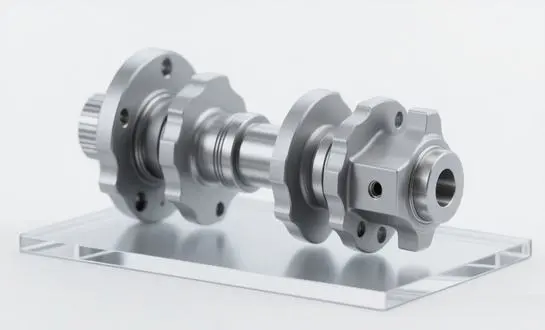Key Factors Affecting Quenching Roll Longevity
To create successful techniques to prolong the service life of quenching rolls, it is vital to understand the aspects that determine their longevity. Roll wear and deterioration are caused by many important factors, which must be carefully analyzed and addressed through targeted strategies:
Thermal Stress and Fatigue
When quenching rolls are in use, they experience tremendous temperature swings. Over time, fatigue and cracking might occur as a result of thermal stress caused by the fast heating and cooling cycles. These impacts may be reduced with the use of effective cooling systems and careful management of temperature gradients.
Mechanical Wear and Surface Degradation
Mechanical wear diminishes the roll surface quality and dimensional accuracy due to the rollers' continual contact with the workpiece. It is necessary to examine and maintain the system often since abrasive particles, scale, and debris may speed up this wear process.
Corrosion and Chemical Attack
Exposure to cooling agents, lubricants, and process byproducts can lead to corrosion and chemical degradation of the roll surface. Selecting appropriate materials and protective coatings can enhance resistance to these detrimental effects.
Operational Parameters
Variables such as rolling speed, connected weight, and cooling rates altogether affect roll life expectancy. Optimising these parameters based on fabric properties and generation necessities can offer assistance in adjusting efficiency and roll lifespan.
3 Maintenance Strategies for Optimal Roll Performance
To get the most out of your quenching rolls, it's important to establish a thorough and proactive maintenance schedule. This approach helps ensure long-term performance and reliability. The following three essential tactics are key to achieving peak efficiency and durability:
Preventive Maintenance Schedule
Developing and adhering to a rigorous preventive maintenance schedule is fundamental to extending roll lifespan. This approach involves:
- Regular inspections to detect early signs of wear or damage
- Scheduled cleaning to remove scale and debris
- Periodic realignment and balancing of rolls
- Lubrication system checks and maintenance
Surface Reconditioning Techniques
Employing advanced surface reconditioning methods can restore roll performance and extend service life:
- Precision grinding to maintain dimensional accuracy and surface finish
- Application of specialized coatings to enhance wear and corrosion resistance
- Thermal spray techniques for surface restoration and improvement
Cooling System Optimization
Efficient cooling is critical for managing thermal stress and preventing premature roll failure:
- Regular cleaning and maintenance of cooling nozzles and channels
- Optimization of coolant composition and flow rates
- Implementation of advanced cooling technologies, such as mist cooling or cryogenic systems
Advanced Materials: The Future of Durable Quenching Rolls
The development of innovative materials and manufacturing techniques is revolutionizing the design and performance of quenching rolls, providing promising solutions to extend roll service life, improve heat resistance, and boost overall production efficiency for modern steel operations:
High-Performance Alloys
Cutting-edge alloy compositions are being engineered to withstand the extreme conditions of quenching processes:
- Heat-resistant superalloys with enhanced thermal stability and mechanical properties
- Advanced stainless steel grades offering superior corrosion resistance and toughness
- Specialized composite materials combining the benefits of different material properties
Nanotechnology-Enhanced Surfaces
The application of nanotechnology in surface engineering is opening new possibilities for roll performance:
- Nanostructured coatings providing unprecedented wear and corrosion resistance
- Self-healing surface treatments capable of repairing minor damage during operation
- Nano-engineered textures for improved coolant retention and heat transfer
Additive Manufacturing Techniques
3D printing and additive manufacturing methods are revolutionizing roll design and production:
- Complex internal cooling channels for more efficient thermal management
- Gradient materials offering optimized properties across the roll structure
- Rapid prototyping and customization capabilities for specific production requirements
Conclusion
A combination of planned maintenance procedures, improved materials, and optimised operating parameters is needed to extend the service life of quenching rolls in continuous production lines. Manufacturers may greatly improve the quenching systems' lifetime and performance by addressing important issues impacting roll longevity, adopting strong maintenance plans, and using state-of-the-art material technologies. A more competitive and environmentally friendly production method is the end result of this, which increases product quality while decreasing operating costs.
Call to Action
Welong gets it the centrality of high-quality quenching rolls to your generation handle. Our group of specialists is learned in creating individualized arrangements to the one of a kind challenges experienced by your industry. We have the certifications to appear that each one of our items has been thoroughly tried for quality and usefulness. We have achieved the status of API 7-1 and ISO 9001:2015. Improving your present gear or discovering innovative methods to extend the life of your quenching rolls are both areas where Welong may be of assistance. Contact us today at oiltools15@welongpost.com to discover how our advanced technologies and expertise can optimize your continuous production lines and drive your business forward.
